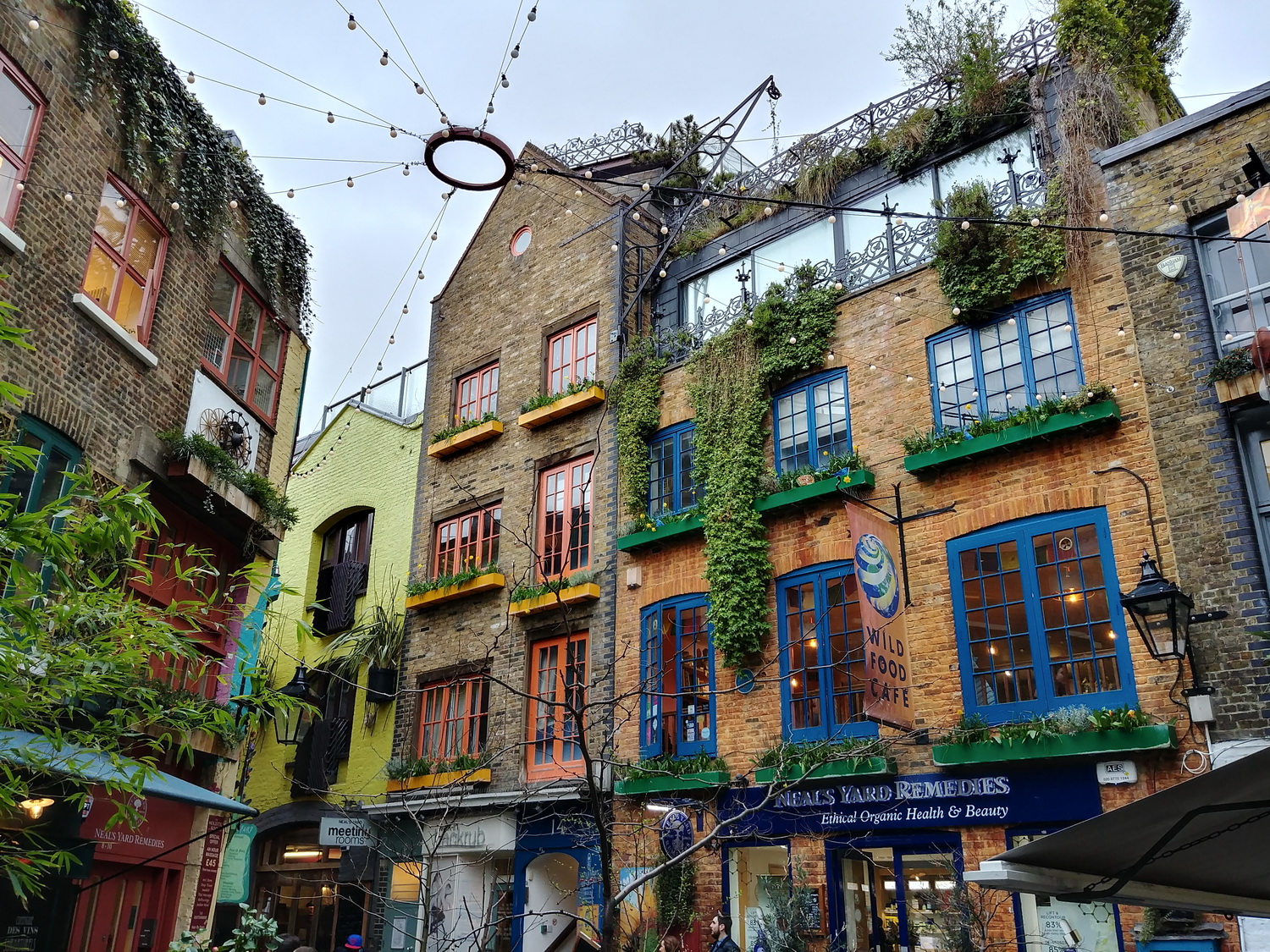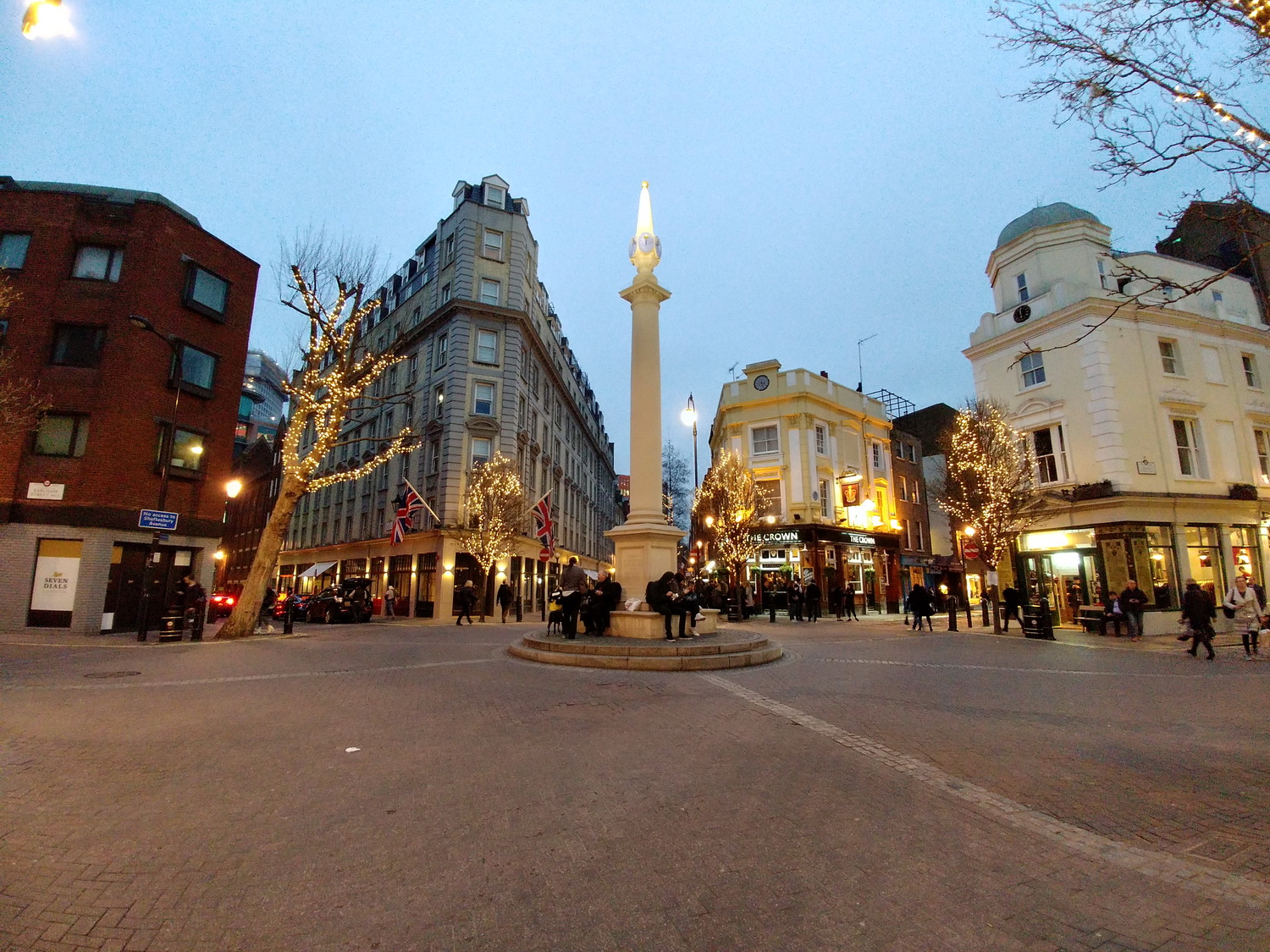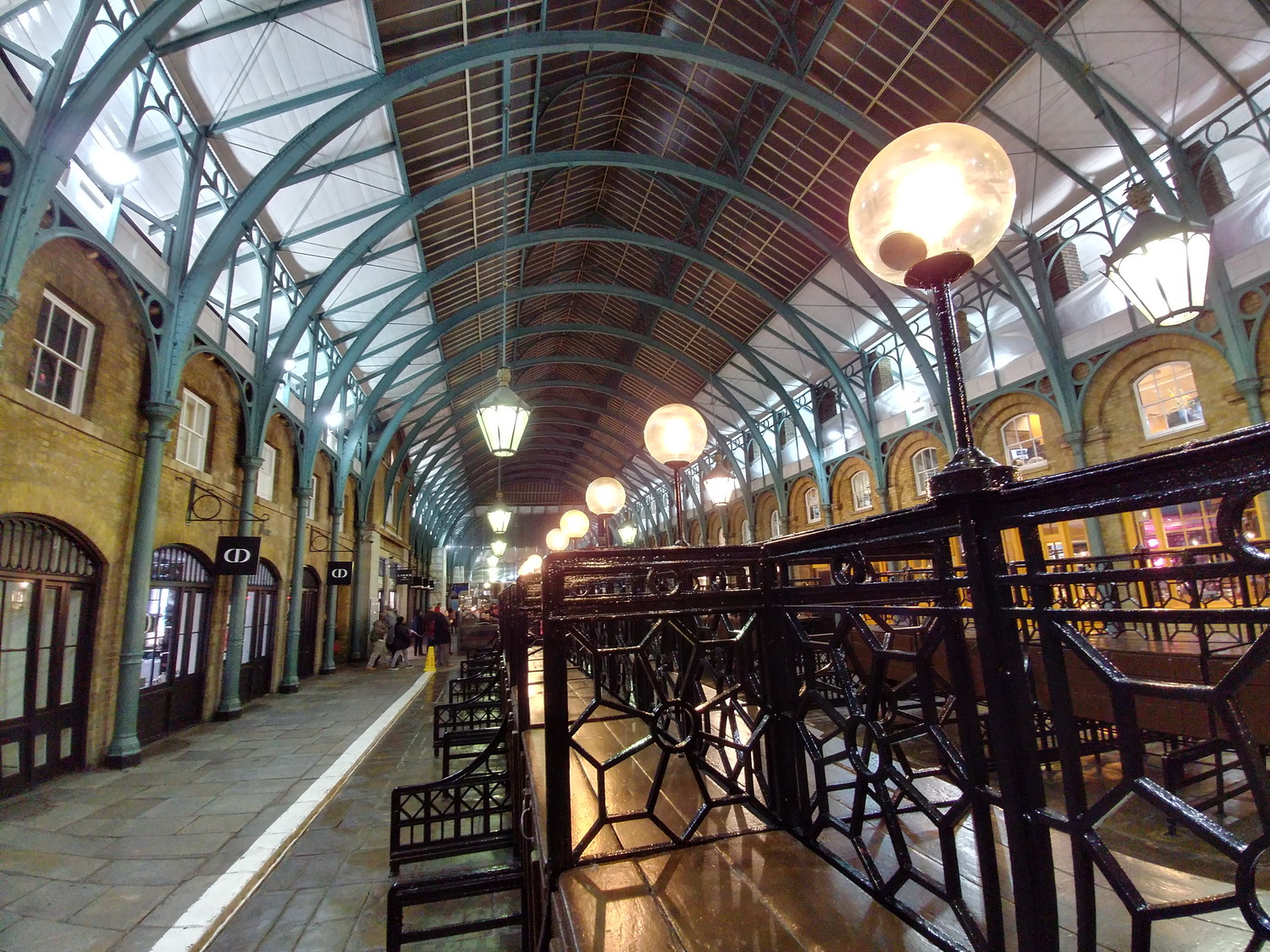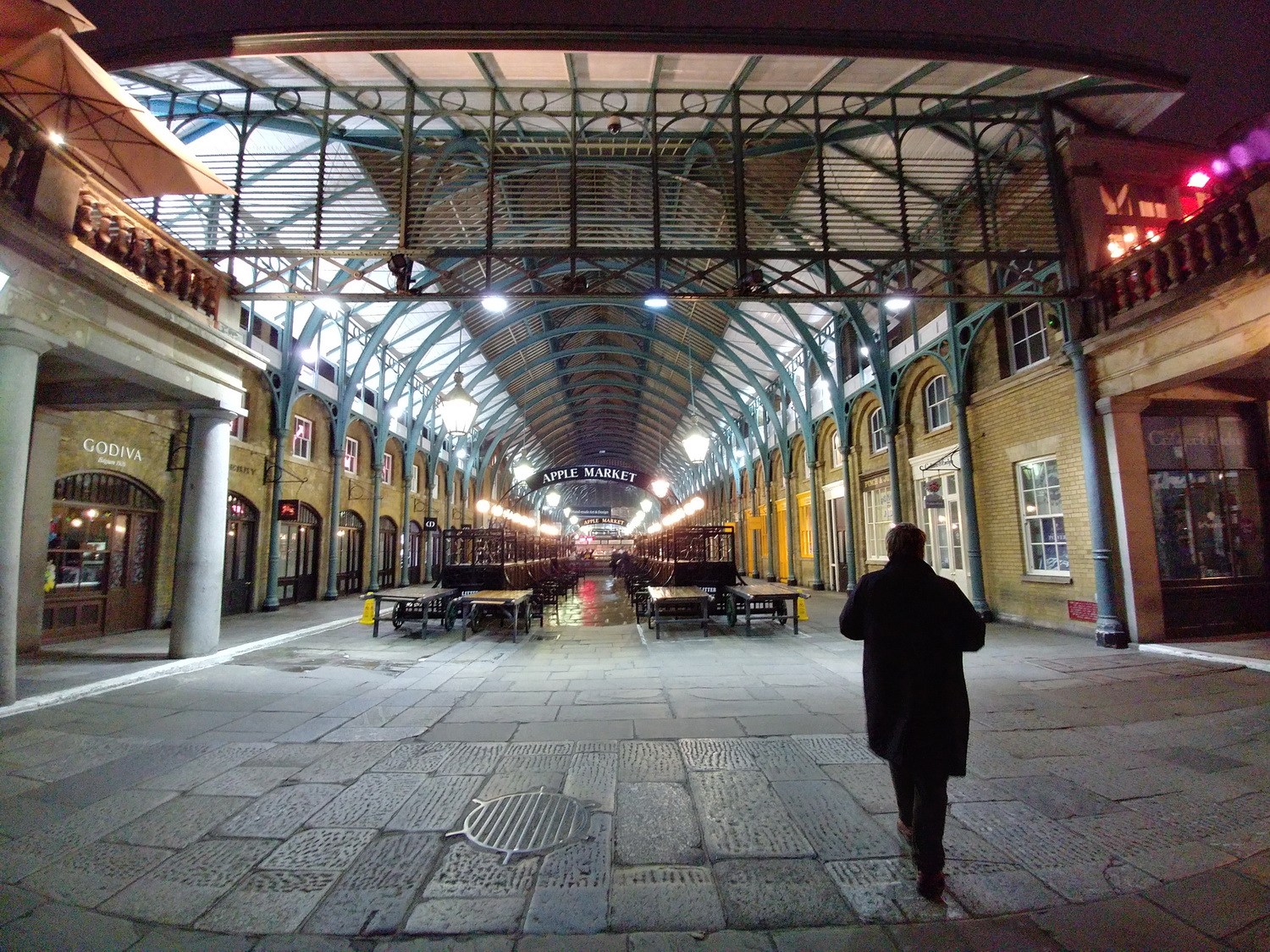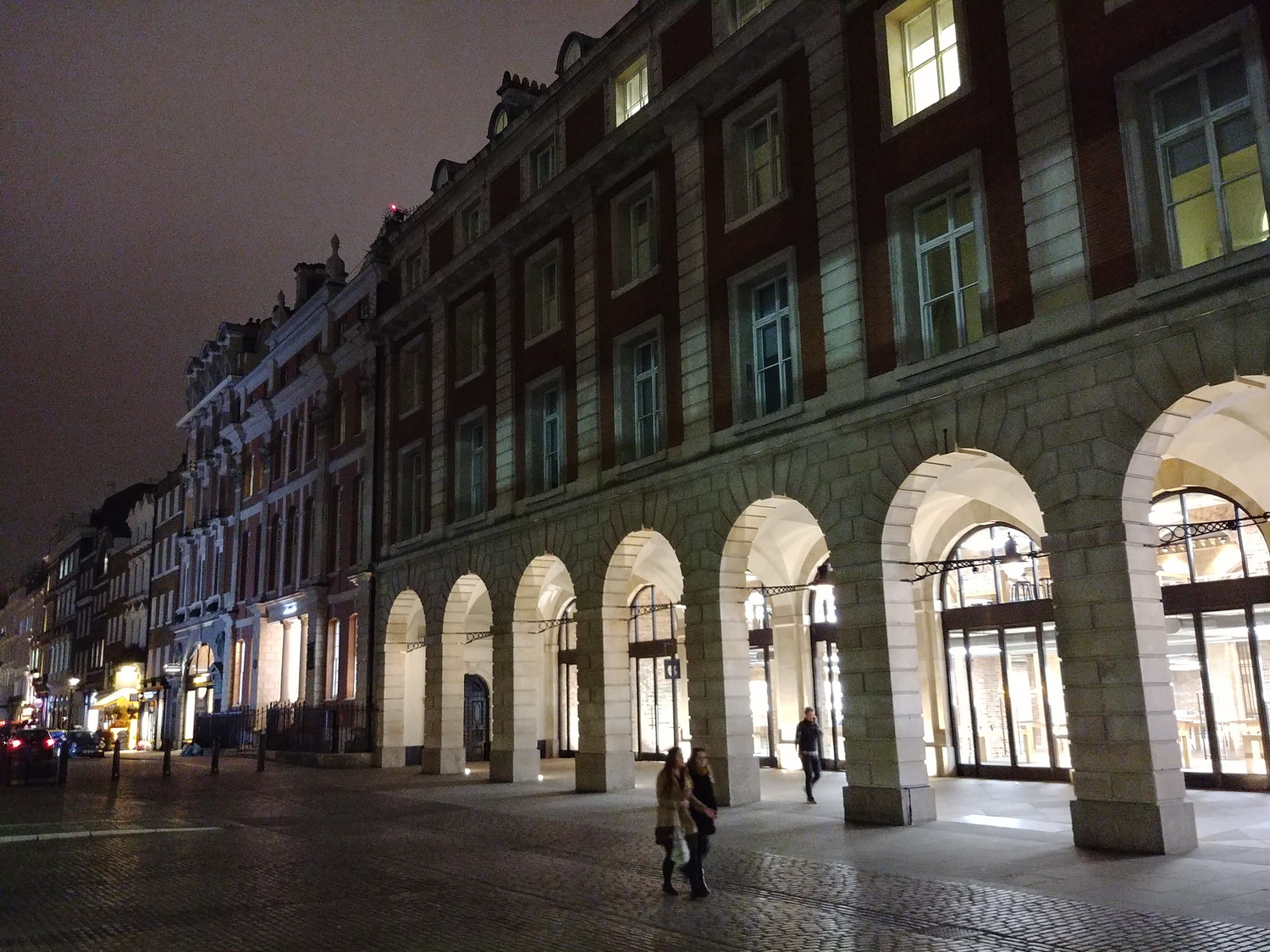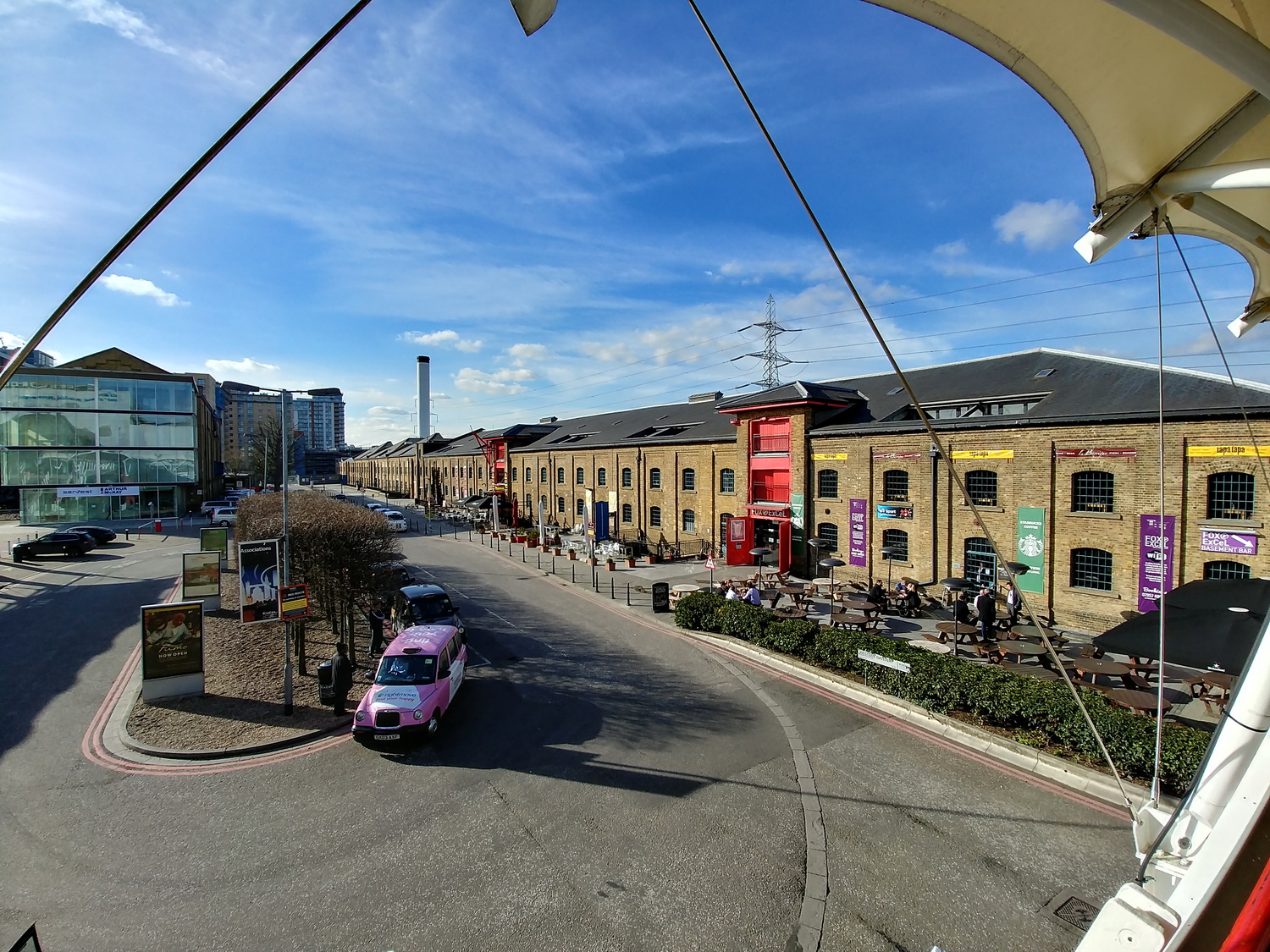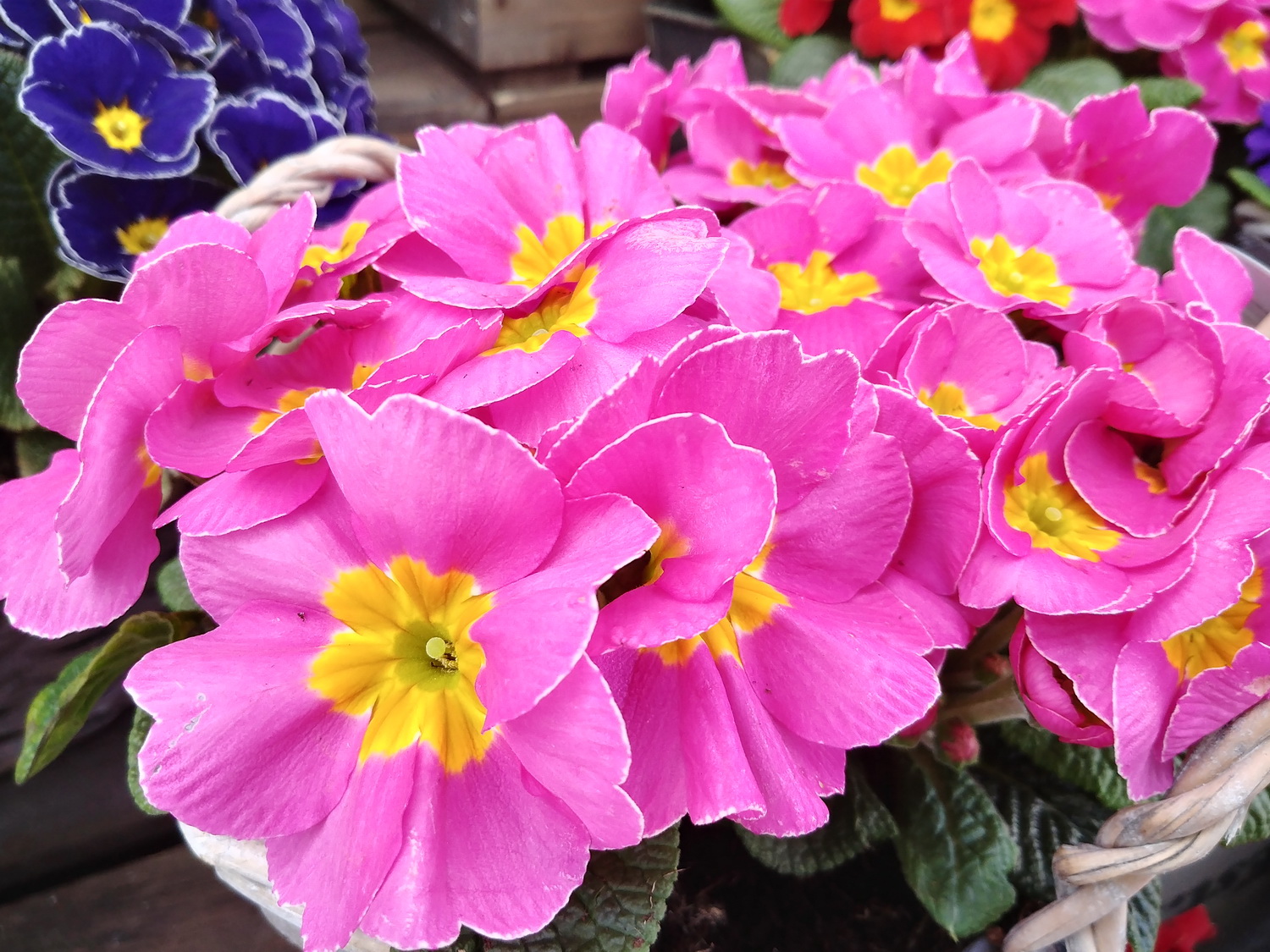“The LG G6 proves that big-screen phones can come in small packages. It’s the best Android phone you can buy.”
- Compact, attractive body
- Large, beautiful screen
- Great pictures from the dual-lens camera
- Latest software with Google Assistant
- IP68 water resistant
- Audio can’t match the visuals
- All models need Quad DAC, wireless charging, and more storage
Update: We’ve amended the review with a section on the G6 Plus. We’ve also added comparisons to Samsung’s Galaxy S8.
Is bigger better? When it comes to the screens on our smartphones, yes. But when it comes to the body of the phone, not so much. That’s the reason we don’t all carry around a tablet every day. It’s also why so-called phablets often split opinion. The LG G6 laughs in the face of such concerns. It’s the phablet’s worst nightmare, because it puts a massive screen inside a truly compact body, redefining the genre and daring big-screen haters to get over their prejudices.
It’s also the follow-up to the LG G5, a phone that similarly attempted to redefine smartphones with its modular construction (but didn’t manage to do so). The G6 isn’t as bold or as risky as the G5, so has LG played it too safe this time? We’ve been using the phone for a week or so, and have plenty to say about it.
Making the phablet manageable
Many people struggle to believe the G6 has a 5.7-inch screen, because it feels so small in your hand. It’s easy to stretch your thumb across to the other side of the phone when holding it in one hand, and it remains usable at all times. Try that with any phone with a 5.5-inch screen, and it’s a struggle.
How has LG achieved this feat? It minimized the size of the bezels and chose an 18:9 aspect ratio, making it longer and thinner than the 16:9 aspect ratio screens found on most other phones. It’s the same aspect ratio as Samsung’s Galaxy S8.
The front of the G6 looks very modern, thanks to the rounded corners of the screen. It’s the screen that’s rounded, too, rather than a bezel over the top to give it the look. Combined with the rounded corners of the phone, it helps absorb impacts and lessens the likelihood of catastrophic screen damage. The thin top and bottom bezels make the screen stand out even more, and enhance the minimalist style of the phone. This is a glass and metal phone, with Gorilla Glass 3 on the front, and Gorilla Glass 5 on the back. We are worried that it will break and be expensive to replace, so we highly recommend you buy a G6 case.
Flip it over, and the rear has LG’s trademark fingerprint sensor which doubles as a power button below the dual-lens camera and flash unit. Apart from a subtle G6 logo, that’s it. Our review model is platinum, which looks fantastic, and isn’t the fingerprint magnet you may expect. The phone also comes in black or white. The G6 is thicker than many phones, but not by much, and it gives you a lot more phone to hold on to.
Is the G6 the perfect size and shape for a smartphone? At the moment, yes it is. It combines everything we love about big-screen phones and removes everything we hate about them. There’s no longer a reason to compromise and buy a smaller phone, and no reason to get one bigger than the G6, either. You won’t be prying the G6 out of our hands for a while.
There’s a new screen shape in town
Measuring 5.7 inches and boasting an impressive 2,880 × 1,440-pixel resolution, the G6 has envious screen specs; but those cool rounded edges and the overall size of the G6’s screen isn’t what makes it so special. It’s the 18:9 aspect ratio. This also equates to a 2:1 ratio, which means two perfect squares fit next to each other on it, something that LG exploits in the user interface.
Why should you care about the aspect ratio? Isn’t that sort of thing just for cine-geeks? It’s actually the movie industry that may end up making-or-breaking the 18:9 screen. Some filmmakers consider it to be the happy medium between cinema and TV aspect ratios, meaning regardless of what screen a video is watched on, it will retain the same look — no cropping to fit — and stay the same as the director and cinematographer intended. More and more video is being watched on smartphones, so this is a major consideration.
The LG G6 is the phablet’s worst nightmare.
For now, there’s a limited amount of 18:9 content online, mostly streamed through Netflix. We watched Daredevil and Marco Polo on the G6, and both looked superb; filling the screen entirely after tapping a special button in a drop-down menu. There’s something very special about seeing a video fill the screen this way. It’s more immersive, more cinematic, and genuinely impactful.
The aspect ratio isn’t the only feature that makes the video experience on the G6 special. It’s the first phone to come with both Dolby Vision and HDR 10 support. This technology previously only seen on televisions is designed to make the image more lifelike with better colors, more accurate contrast levels, and wider viewing angles. There’s not much content out there that takes advantage of it at the moment — it doesn’t make any difference to regular YouTube videos, or the operating system — so it’s only Netflix or Amazon Prime subscribers that may see the benefit.
There’s also the problem with video content that’s not formatted for an 18:9 screen. That content has black bars running down the sides of the video in landscape orientation. If 18:9 video catches on like LG and others hope, this will eventually become less of a problem, but for now, you’ll have to put up with them in most cases. Size oddities aside, the G6’s display is stunning. It’s full of color, detail, and warmth, and a true pleasure to watch.
Although the screen is technically 5.7 inches in size, it doesn’t really look like any other 5.7-inch screen, and some may see the G6’s screen size as a con, due to the taller, thinner aspect ratio. For example, put the G6 alongside the 5.5-inch iPhone 7 Plus and open an app such as Twitter, and the iPhone will display more text and information on one screen than the G6. It’s still a big-screen experience, just unlike those we’re used to.
Slick software and fun apps
Android 7.0 Nougat is installed on the LG G6, and our pre-production review model had the March 2017 security patch installed, making it right up to date. LG’s user interface is placed over Android and has a few additions to make better use of the 18:9 aspect ratio screen. Android purists will note changes to the notification shade, the Settings menu, and the option to enable the app tray, or spread apps across multiple home screens. LG also provides various themes to match the color scheme of your G6, which change backgrounds, wallpapers, and icons.
The G6 is ideally suited to multi-window app use, providing a perfect square for two apps to live in, and it’s easy to activate using a long press of the Android menu key. LG only installs a few of its own apps, such as QuickMemo+, which handily syncs with Google Drive, LG Health, a Tasks app, and its own messaging, music, file manager, and calendar apps. Additionally, there’s an FM radio app, and an audio recorder. Many of LG’s own apps make use of the 18:9 aspect ratio. The Gallery app takes up the whole screen, for example.
It’s LG’s Square Camera that’s the most interesting. It splits the screen into two, with the top half for square format pictures and the lower half for previews, or custom shots. It’s a shame Square Camera’s functionality wasn’t built into the main camera app, because many people will miss it.
Grid Shot works especially well. The square is broken down into quarters, each filled with a still image or a three-second video clip, which when put together tells a neat little story. There’s plenty of room for creativity here, and best of all, the result can easily be shared on Facebook or Twitter, with videos intact. This is essential, and a problem Apple hasn’t overcome with its similarly fun Live Photos feature. If you can’t share them with your friends, we question whether it’s worth it at all.
Other features in Square Camera include Match Shot, which is like Grid Shot but with two pictures instead of four, and Guide Shot for matching photos using a handy transparent overlay, so people can capture the same pose or composition on multiple occasions.
A long press on the home button brings up Google Assistant. The G6 is the first to use the Assistant outside of the Pixel phones, ahead of its wider release on other Android 7.0 Nougat phones. We’ve reviewed a version of the G6 that has software which is 95 percent ready for release, meaning there may be some alterations when the phone goes on sale. However, we experienced no stability or compatibility problems.
While LG’s user interface does deviate from standard Android, it’s not unpleasant or slow. Thought and effort has been put into the icon design when you change themes, the color choices that match the body, and the icon curves that match the shape of the screen. LG’s UX 6.0 looks fantastic, and we never felt a desire to change the launcher on the G6. The G6 has up-to-date software now, and we hope that will continue in the future, but that will be down to LG’s update schedule, which unfortunately may lag behind Google’s.
A wonderful wide-angle camera
There are two camera lenses on the back of the G6, both with 13 megapixels. One boasts a wider-angle lens than the other. The 125-degree wide-angle lens doesn’t have optical image stabilization and it has an f/2.4 aperture, while the 71-degree standard lens has OIS and a far better f/1.8 aperture.
You get two different experiences when taking pictures, especially in low light, when the standard angle lens produces pictures with more detail and less noise. However, the G6 can take some fantastic nighttime or evening shots, adding drama and atmosphere in the right environment. Used creatively, and with the right lighting, the wide-angle lens is also more than capable.
LG’s UX 6.0 looks fantastic, and we never felt a desire to change the launcher.
In daylight, the G6’s camera didn’t enjoy overcast days at the end of British winter time, and struggled to manage contrast — eventually settling on washing out the sky and darkening the landscape. It’s not ideal, and something we’re hoping will be cured when the final software build is released. We also found the screen itself didn’t do the photo justice, and it often ended up looking better than expected when we checked the gallery. Again, something that’s likely to change with a software update. We’re noting it here in case nothing changes.
Show the camera a blue sky, colorful plants, or any close-up material, and it shines. Using the phone in Spain after the launch, we compared the G6 to several other phones including the Pixel XL and the iPhone 7 Plus, and found it produced the best image in several different tests. Most of the time, it came very close to matching the Pixel XL, a highly rated camera phone.
Taking photos with the G6 is enjoyable and addictive, and the wide-angle mode presents new creative opportunities. There’s a manual mode for both stills and video, if you’re confident enough to change settings in search of the perfect picture. LG hasn’t included an editor, though, and you’re given the choice of using Google Photos or a third-party app, such as Snapseed instead.
The G6’s selfie camera has 5 megapixels and a single 100-degree, wide-angle lens, and like the main camera the two modes are alternated using a button on the screen. There are also several filters to apply, and a chance to manipulate skin tone and artificial lighting sources. While capable enough, selfies taken with the G6 can’t match those of the Huawei P10. The wide-angle lens makes it easy to take great group shots, though, and goes along way to redeeming the front cam’s ability.
LG has also made good use of the extra screen in the camera app, using the top edge (or side edge in landscape) as a preview gallery, showing the last four pictures taken so you don’t have to jump into the gallery app to see them.
Plenty of power and battery life
The LG G6 has a Qualcomm Snapdragon 821 processor inside, plus 4GB of RAM. There will be those who mumble complaints about the Snapdragon 821, whining it’s not a super-new Snapdragon 835. Don’t be one of these people. Ever used the OnePlus 3T or a Google Pixel? There’s more than enough power inside both those phones to keep them fresh for ages, and they both have the 821 inside. LG made the decision to use the 821 in order to get the phone on sale quickly, rather than over the summer, and it shouldn’t put you off at all.
An AnTuTu benchmark result returned a score of 135,032, and 3DMark’s Slingshot Extreme test saw it score 2,102. These are around the same as the scores attained by the Pixel XL, but fall short of the OnePlus 3T. It’s also very close to the LG G5 and the Samsung Galaxy S7.
Other complaints will be made about the lack of removable battery on the G6. However, even though the G6 is now a sealed phone, that has given it an IP68 water and dust resistance rating. While having a replaceable battery is great, having to replace the entire phone after you spill a drink all over it isn’t so great. Yes, you’re trading one feature for another, but additional durability protects your purchase instantly, and there are plenty of battery packs out there to buy.
When we first started using the G6, the battery life was poor, barely lasting a mid-to-heavy use day. A software update has improved the situation, where we’re seeing 25 percent of the battery remaining after the same level of use in a single day. That includes photo work, social networking, games, and navigation. Buying the G6 in the U.S. will see your phone come with wireless charging, a feature not included on international versions of the phone. Using the supplied charger and USB Type-C cable charged the 3,200mAh cell reach capacity after about an hour and 30 minutes.
No Hi-Fi audio for most buyers and not enough storage
Watching stunning video is what the G6 is made for, so how about the audio experience? Sadly, it falls short of the video performance. It doesn’t have stereo speakers, just a single one at the base of the phone, and there’s no Dolby Atmos, or even standard Dolby Audio tweaks. The single speaker does a decent job, but it’s overshadowed by the iPhone 7 Plus, Boomsound speakers on any HTC phone, and cheaper hardware like the ZTE Axon 7 and 7 Mini. It’s a shame, when what’s on screen looks so fantastic.
The wide-angle mode presents new creative opportunities.
Additionally, LG has restricted the Quad DAC to devices for sale in South Korea only. LG G6 phones sold in the United states get 32GB of internal storage and a MicroSD card slot as part of the SIM tray, but internationally, larger capacity versions will be sold. LG G6 phones in Europe have neither the Quad DAC or wireless charging.
We’d much rather a single model with all these features inside. LG says the localization is based on buyer preferences, and ensures the price of the phone is kept competitive in different regions.
A new model: The LG G6 Plus
In an effort to maintain competitiveness with Samsung’s Galaxy S8 and HTC’s U11, LG has released an upgraded version of the LG G6 with beefier hardware, new software features, and a premium pair of bundled earbuds: The LG G6 Plus.
The LG G6 Plus looks identical to the original G6 from the outside, but that’s where the similarities end. Aside from increased RAM (from 4GB to 6GB) and internal storage (from 32GB to 128GB), the G6 Plus supports Low Power Consumption mode, which leverages Google’s Contextual Hub Runtime Environment (CHR) and LG’s All-Ways Aware hub to collect data from the device’s sensors continuously without impacting performance or battery life.
On the software side of things, the G6 Plus boasts Face Print, which lets you unlock the phone with your face in less than a second, and LG Pay, LG’s mobile payments platform. Another feature, Covered Lens, alerts you if you accidentally block the camera with your finger.
The G6 Plus comes in a new color — blue — with a lenticular coating that produces a shimmering effect when you view the phone from different angles. Every model ships with Bang and Olufsen earphones that take advantage of the phone’s 32-bit Quad DAC.
The LG G6 Plus will only be available in South Korea at the moment, and we’ll update this review when we get pricing and availability details.
Price, availability, and warranty
Verizon started selling the G6 for $672 on March 17, and shipped it out the door on March 30. The phone is available now at AT&T ($719) and Sprint ($708), and through T-Mobile for just $650. Heck, U.S. Cellular offers it for just $550. LG traditionally gives you a one-year warranty on smartphones, which covers either repair or replacement, plus any labor charges. You’ll have to send it back to LG if it goes wrong, though. The G6 is also now available unlocked straight from LG, and if you want it unlocked you’ll need to pay $600. You can get the unlocked version from LG or from Amazon.
The LG G6 went on sale in 24 European countries on April 24, including the U.K., France, and Germany. LG has secured 33 partnerships with networks, so the phone should be easy to find. In the U.K., it’s sold through EE and Three, and Carphone Warehouse. Plans cost from around 30 British pounds each month for 24-months, or a SIM-free unconnected G6 is around 650 British pounds.
Our Take
Thanks to the LG G6, having a big, beautiful screen doesn’t mean enduring an oversize phone anymore, and it’s wonderful.
Is there a better alternative?
Possibly. As of this writing, the LG G6 is one of the best Android phone you can currently buy, but far from the only one.
The Galaxy S8, Samsung’s $750 flagship, is packed to the brim with cutting-edge tech. It boasts Qualcomm’s Snapdragon 835 processor, a stunning curved screen, an iris scanner, and Samsung’s Bixby digital assistant. Its camera falls short of the G6’s dual-lens shooter, to be fair, and it doesn’t have have Dolby Vision and HDR 10 support. But if the Galaxy S8’s larger footprint doesn’t bother you, it’s one heck of a compelling alternative.
The Google Pixel XL is the obvious alternative for stock Android fans who dislike any customization. It costs $750, has a Snapdragon 821 processor, Android Nougat, and Google Assistant, plus a highly capable camera. What it doesn’t have is the G6’s sleek body and gorgeous new screen, or a wide-angle camera lens.
The HTC U11 is a strong alternative to the G6 if you want to save a lot of money. It also has a Snapdragon 835 processor, plus 4GB of RAM, an AI assistant, noise-canceling audio tech, and a $650 price tag. There aren’t any camera bells and whistles, but it still takes solid shots.
Finally, LG’s own V20 may be considered. It has the same size screen, similar wide-angle camera setup, a degree of durability, and the removable battery. It’s wildly expensive, though.
How long will it last?
LG’s G6 should have a long shelf life of at least two-to-three years. The software is right up to date, and it has Google Assistant already installed, meaning there’s no need to wait for an update. Updates in the future may take longer to arrive than on a Pixel phone, though. That’s our only concern and reservation in recommending the G6 over the Pixel XL.
The processor is the only sticking point. We always like to have the latest hardware and software, because it ensures the phone will last many years if we want it to, but the Snapdragon 821 won’t remain Qualcomm’s top chip for much longer. Does it matter? Not really. It won’t suddenly stop working, and your phone won’t suddenly react like it’s pedal-powered. However, if bragging rights are your thing, it’ll soon lose out to the Snapdragon 835. That said, the 821 is tried and tested, unlike the 835.
Should you buy it?
Yes. The G6 is not only the first major flagship smartphone out in 2017 that we really adore, but it’s also a return to what makes us love LG phones — subtle yet beautiful design, a brilliant standout feature, and a cracking camera. The software is good, too, with Google Assistant installed rather than a third-party or untested alternative, ensuring it works cohesively throughout the phone. Best of all, it’s compact and easy to use with one hand, but offers a screen larger than its direct competitors. We love it, and think you will to.












